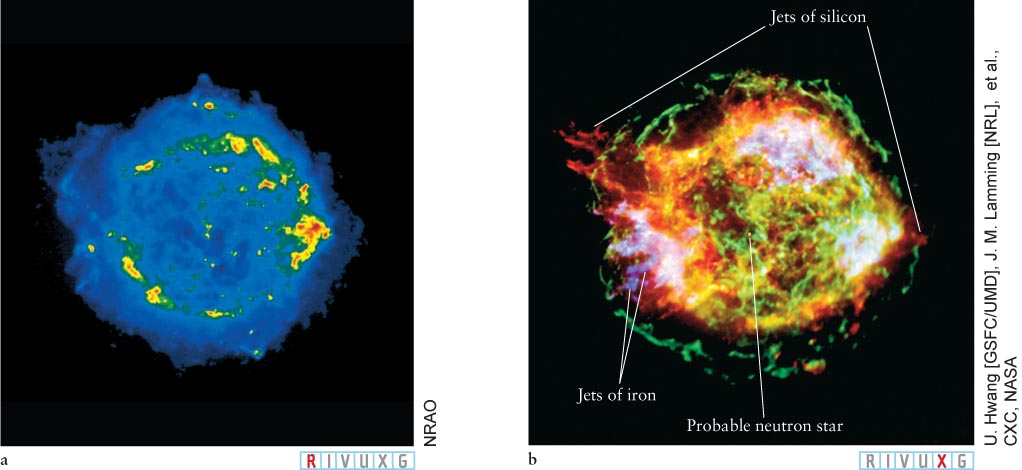
Figure 12- X- X- n-